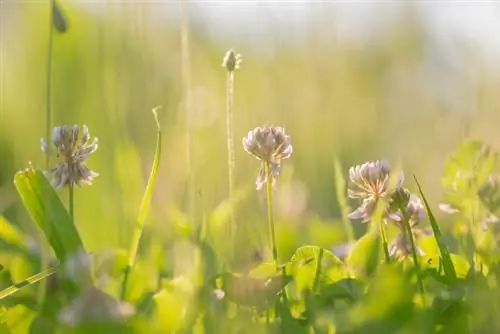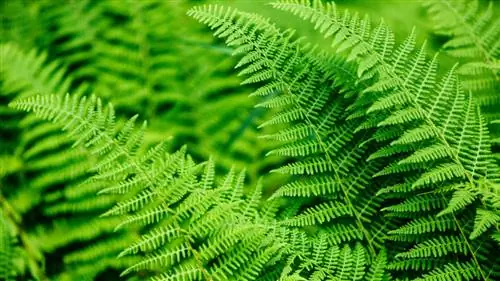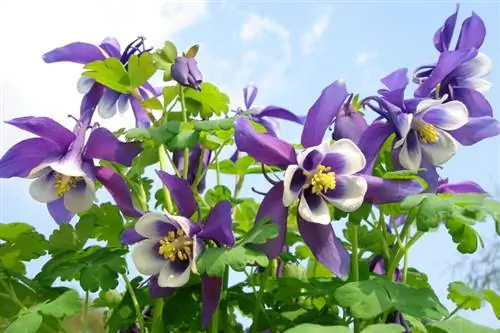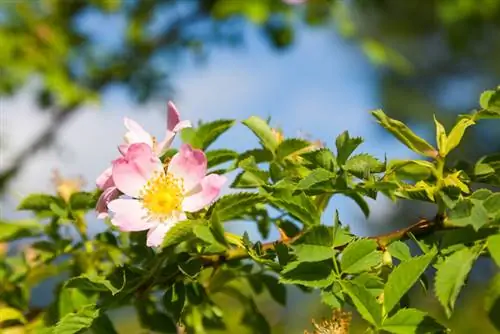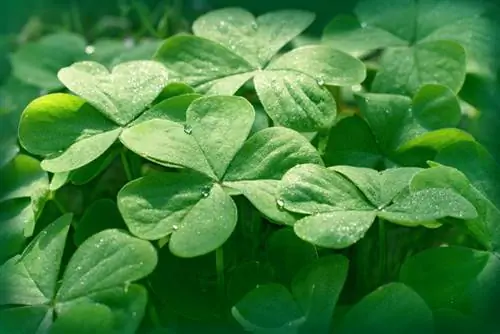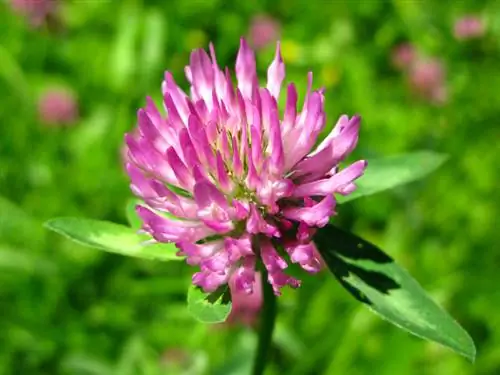- Author admin [email protected].
- Public 2023-12-16 16:46.
- Last modified 2025-06-01 06:02.
White clover is feared by garden lovers because it quickly spreads through the lawn. On the other hand, white clover also has many positive properties. The wild plant is edible and is used as animal feed for rodents and other small animals. The white flowers are also a valuable pasture for bees.

What is white clover and what properties does it have?
White clover (Trifolium repens) is a perennial, creeping plant from the legume family. It reaches a height of 5-20 cm and blooms from May to October. White clover is used as a wild herb, livestock feed and medicinal herb and is particularly valuable as a pasture for bees.
White Clover - A Profile
- Botanical name: Trifolium repens
- Common name: creeping clover
- Plant family: legumes
- Subfamily: Lepidoptera
- Occurrence: Europe, Asia, North America
- Height: 5 - 20 centimeters
- Perennial/annual: perennial
- Stem: creeping, up to 40 cm long
- Leaves: three-leaved, green, often with a white band, 1 - 4 cm tall
- Flowers: White, 40 - 80 individual flowers per inflorescence
- Flowering period: May to October
- Propagation: seeds, cuttings. Special feature: orange-yellow seeds
- Uses: wild herbs, livestock feed, medicinal herbs
- Special features: good bee pasture, green manure
- Toxicity: not poisonous
- Winter hardiness: completely hardy
Uses of white clover
White clover is just as considered a medicinal plant as red clover, although it contains few plant hormones. It is used for various complaints, such as:
- Colds
- Constipation
- Headache
White clover, like all types of clover, can also be used in the kitchen. Flowers and leaves are edible, as are the seeds and seedlings.
White clover is also popular with small rodents. White clover is not particularly suitable as a fodder plant for grazing animals because of its creeping growth.
Fighting white clover in the lawn
The white flowers of clover attract countless insects, including many bees. This is not always good on the lawn, especially when children are running around barefoot on it.
White clover in the lawn should therefore be combated. It often helps to supply more nutrients to the lawn, as increased occurrence of white clover indicates a nutrient deficiency.
White clover can also be removed from the lawn by pulling it out or, in stubborn cases, by sharply scarifying it.
Special features of white clover
White clover, like all plants in the legume family, forms long roots with small nitrogen bubbles at the ends. That's why white clover is often sown as green manure.
The white clover is cut superficially before flowering so that the roots remain in the ground. They loosen the soil and release nitrogen. White clover ensures good soil he alth.
Tip
One of the special features of white clover is that four-leaf plants occasionally appear. They are very rare and have been considered good luck charms for centuries.

